Rise of aquatic autonomy echoes Mexico’s evolving drone playbook
BOGOTÁ, Colombia — In what Colombian officials are calling a technological shift in the drug war, the country’s navy last week announced the seizure of an uncrewed semi-submersible narco-submarine, or narco underwater drone — the first of its kind discovered in Colombian waters.
The craft, found off the Caribbean coast near Santa Marta, contained no cocaine and no crew, but was outfitted with a Starlink satellite modem, antennas, and dual surveillance cameras— one for navigational awareness and another monitoring internal systems. Authorities believe the vessel was on a trial run for transporting narcotics, likely intended for the U.S. or European markets.
“The discovery reflects a migration toward more sophisticated unmanned systems that increase evasion capabilities,” said Adm. Juan Ricardo Rozo Obregón, commander of the Colombian Navy.
Cartels Look To Aquatic UAS
The emergence of a drug-running sub without human operators marks a turning point in the evolution of narco trafficking. While low-profile semi-submersibles have been used by criminal organizations since the 1990s, the integration of autonomy represents a new level of sophistication.
The vessel is believed to be operated by the Gulf Clan, Colombia’s largest drug cartel. Authorities say these autonomous systems allow traffickers to remove onboard personnel, cutting risks and complicating efforts to prosecute those responsible.
“The fewer people onboard, the fewer links in the chain,” said Sergio Guzmán, director of Colombia Risk Analysis. “It’s a direct response to years of interdiction and international intelligence sharing.”
Echoes of Mexico’s Drone Evolution
The move mirrors tactics used by Mexican cartels in urban warfare, where uncrewed aircraft systems (UAS) have evolved from crude hobby drones to modified aerial IEDs and surveillance tools, often deployed in urban combat or used to monitor rival groups and police.
Like in Mexico, these maritime adaptations are shaped by access to cheap electronics, satellite internet, and off-the-shelf tech — the same toolkit that’s helped cartel UAS operations flourish in conflict zones like Michoacán and Guerrero.
A 2023 analysis found that cartels were repurposing drone tech in increasingly militarized ways. In that same spirit, Colombia’s uncrewed subs now signal a similar trajectory — but underwater.
Investing in R&D, Not Just Risk
While the seized sub was empty, investigators believe its value lies in field testing rather than cargo delivery. Narco engineers, some allegedly contracted as early as 2017 by Mexican organizations operating in Colombia, are prioritizing research and development to future-proof drug logistics.
“This unmanned model seems like the next step in that evolution,” said Henry Shuldiner of InSight Crime, who co-authored a report on narco-submersibles. “The fact that this appeared to be a test run shows traffickers are willing to lose a vessel to gain long-term operational knowledge.”
Estimates suggest uncrewed semisubmersibles can cost anywhere between $150,000 and $2 million, depending on sophistication. By eliminating human life, traffickers reduce liability while increasing operational reach.
Drones An Expanding Threat Below the Water’s Surface
Colombia’s navy reported detecting 10 semisubmersibles in the first half of 2025, many modified to reduce radar signatures or operate partially autonomously. In 2024 alone, authorities globally intercepted nearly 30 of these stealth vessels — but experts believe that number represents just a fraction of the true traffic.
“U.S. estimates suggest only 5% of narco-subs are actually intercepted,” Shuldiner added. “That means hundreds could be slipping through undetected every year.”
While container ships still carry the majority of cocaine shipments, narco-subs have become increasingly vital for transoceanic routes, especially as law enforcement expands container scanning operations in major ports.
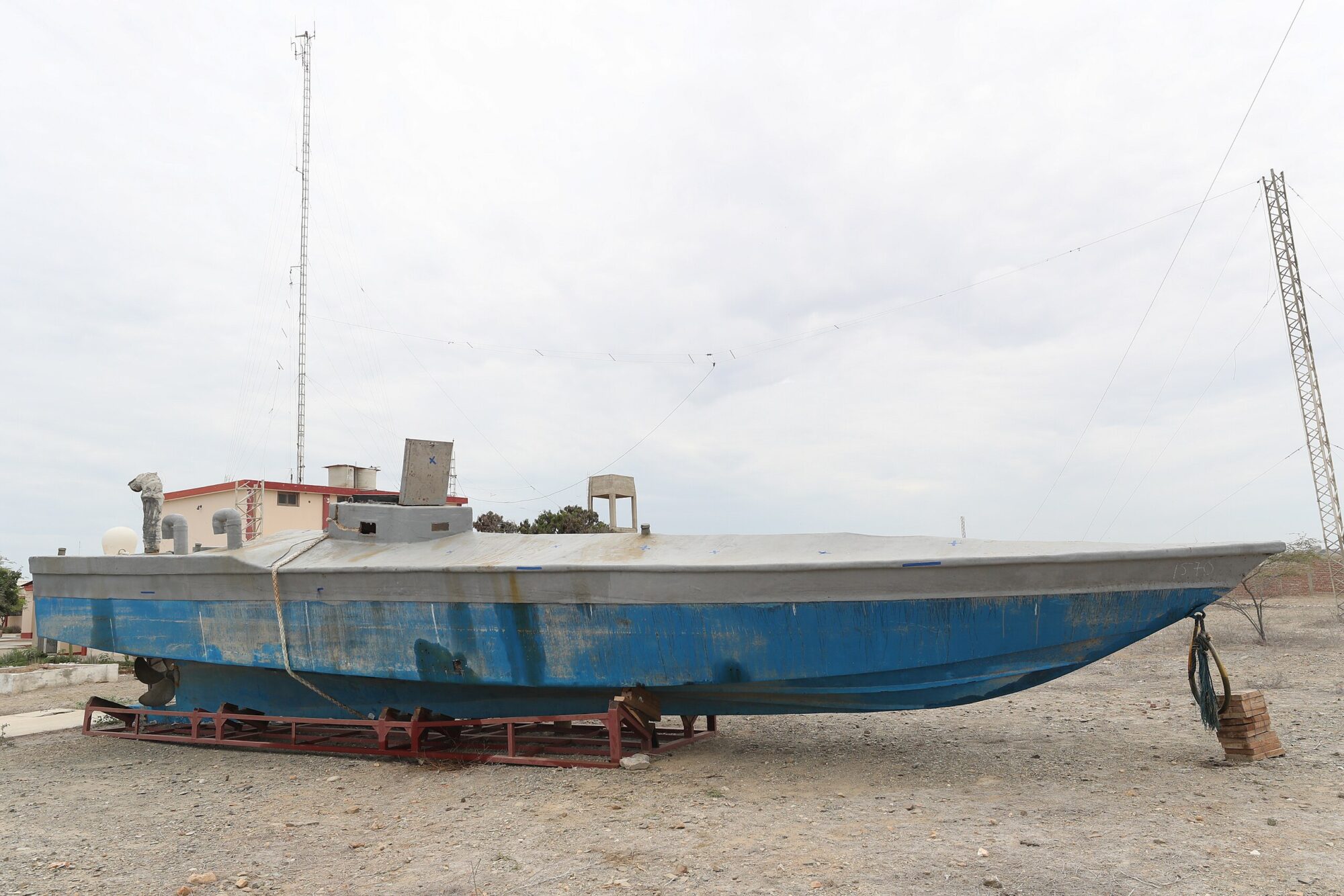
Global Surge in Production Meets Maritime Innovation
The shift to autonomous drug transport comes amid record-high cocaine production in Colombia, with coca cultivation jumping from 204,000 hectares in 2022 to 253,000 hectares in 2023, according to the United Nations. Globally, cocaine use rose to 25 million people in 2023 — up from 17 million just a decade ago.
This has emboldened cartels to pursue higher-risk, high-reward strategies. Maritime drones, like their airborne cousins in Mexico, represent a long-term bet on stealth, scale, and deniability.
Outpaced on the Water
Despite legal penalties — including up to 14 years in prison for operating or building semi-submersibles in Colombia — officials acknowledge that enforcement is lagging.
“This was the first capture of its kind,” Guzmán said. “But that doesn’t mean it was the first deployment. Authorities are a step behind.”
As cartels increasingly weaponize autonomy and exploit undersea routes, the challenge for governments will be cooperation and adaptability — and not just at the national level.
“Unless we improve real-time information sharing,” Guzmán warned, “we’ll always be reacting, not preventing.”
Discover more from DroneXL.co
Subscribe to get the latest posts sent to your email.

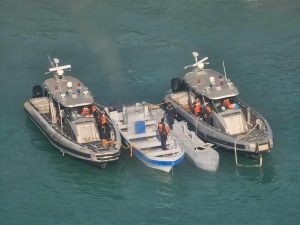
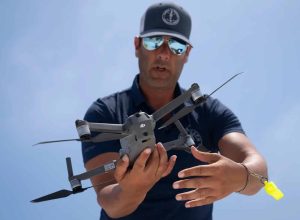

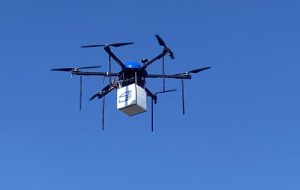


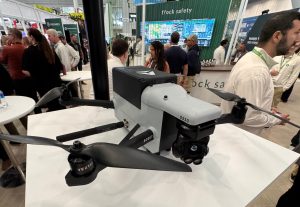

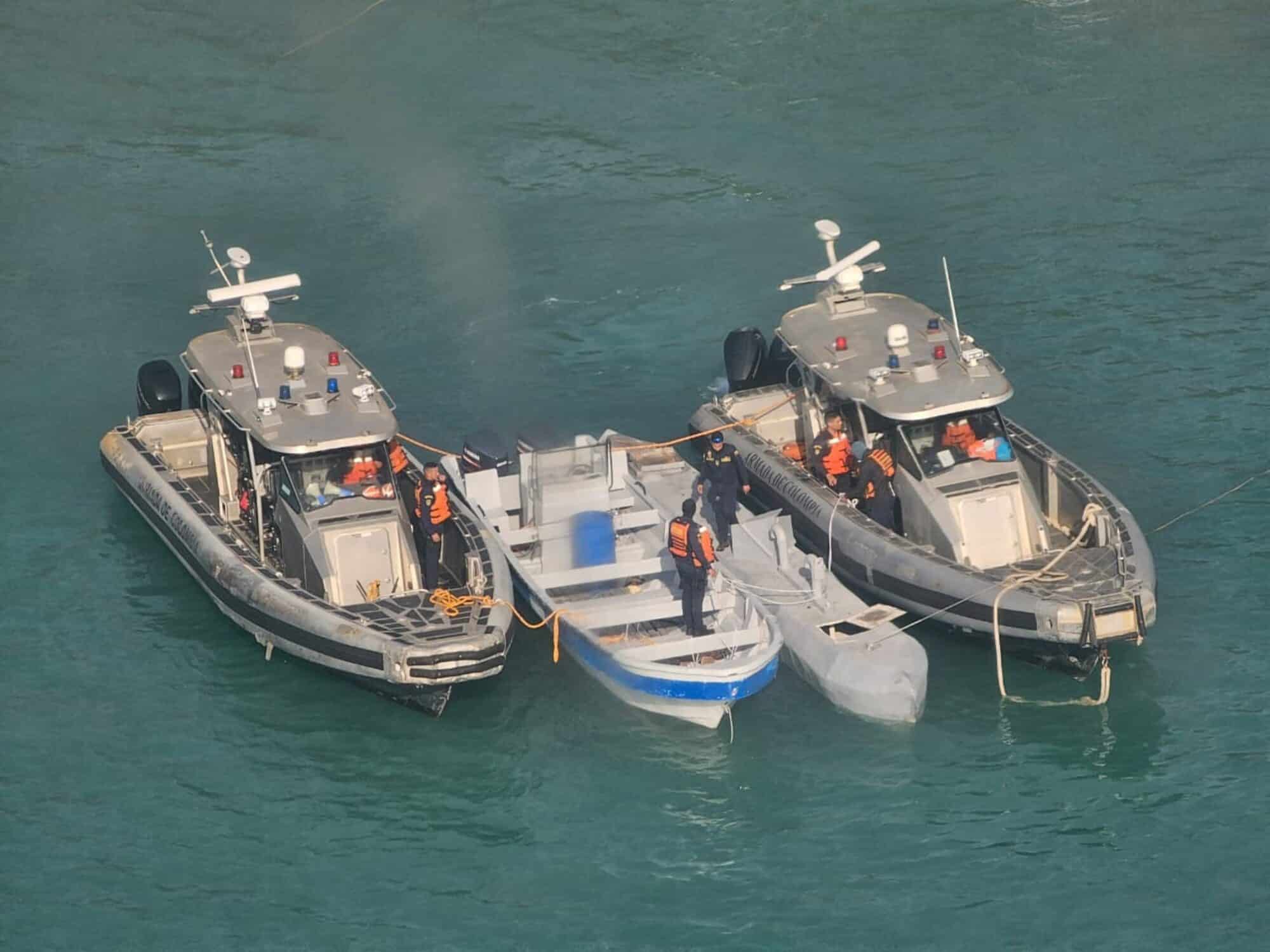

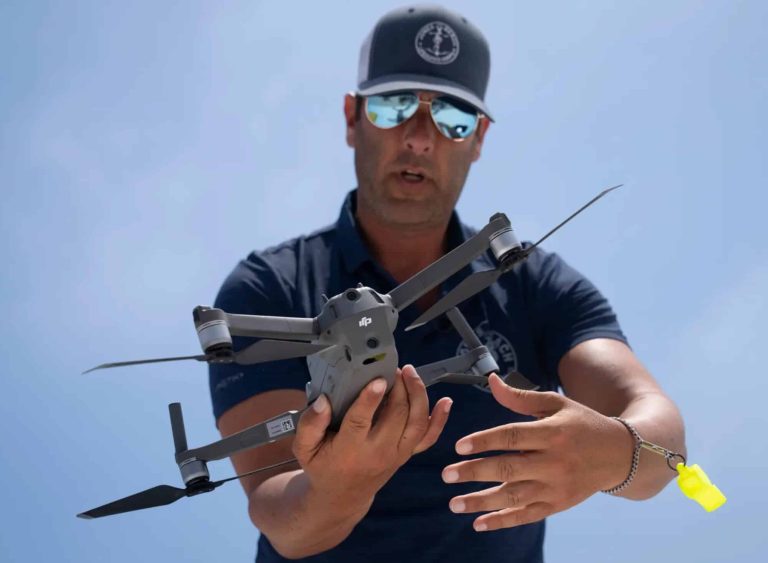

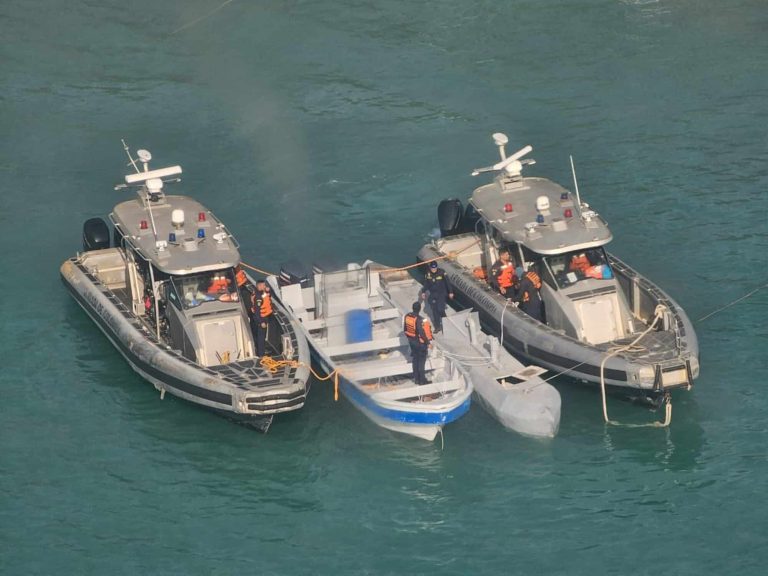
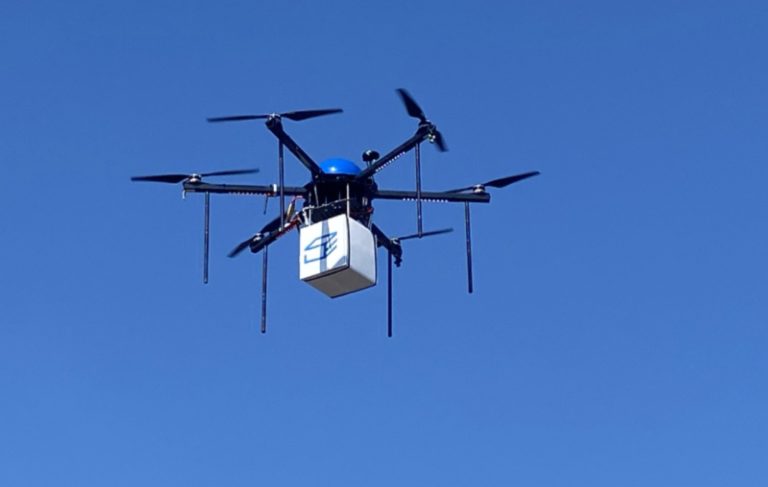

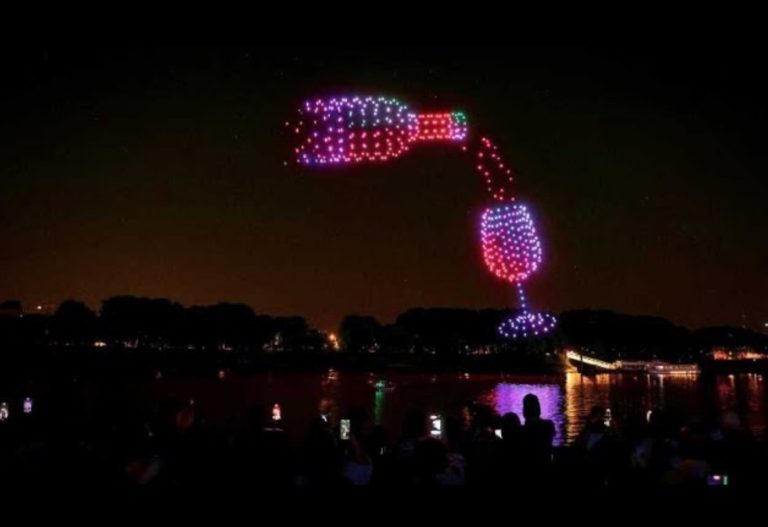
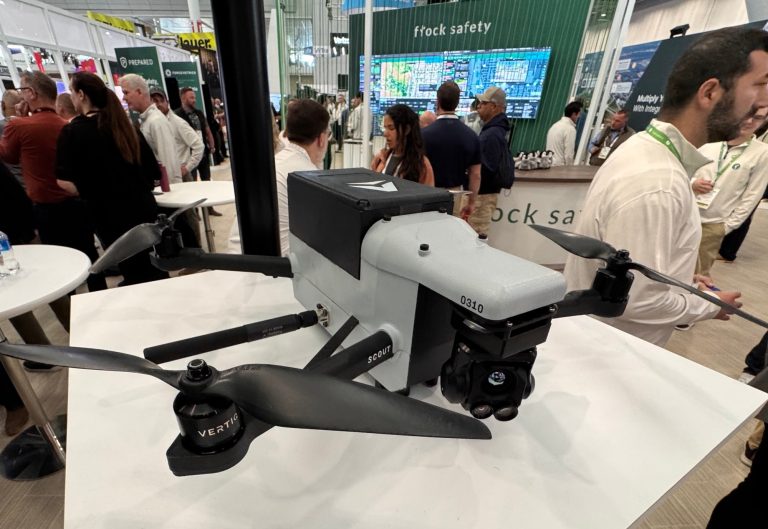
+ There are no comments
Add yours